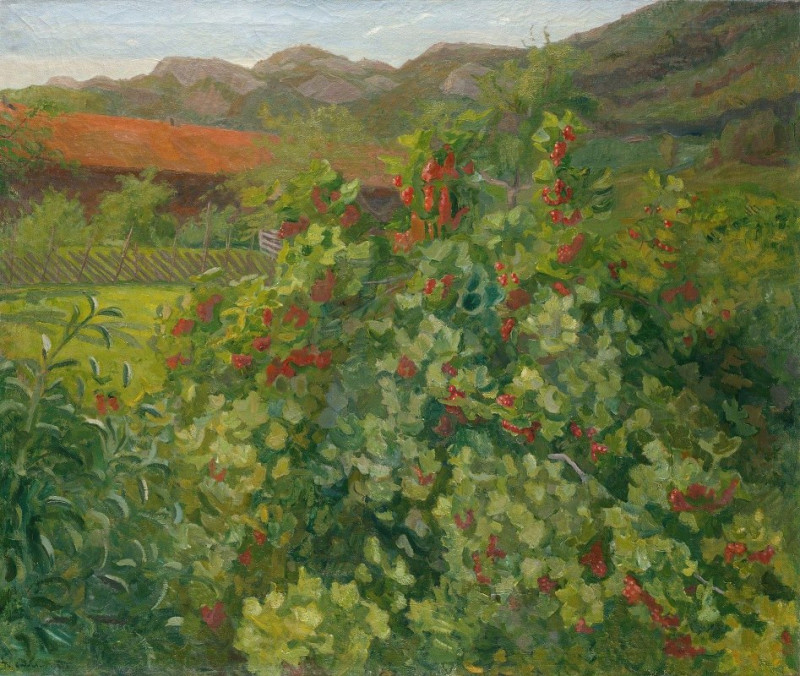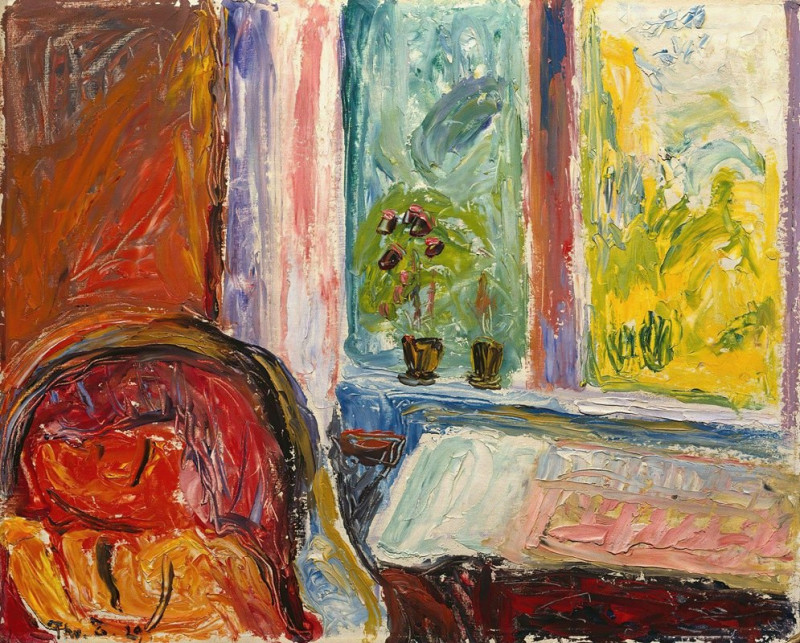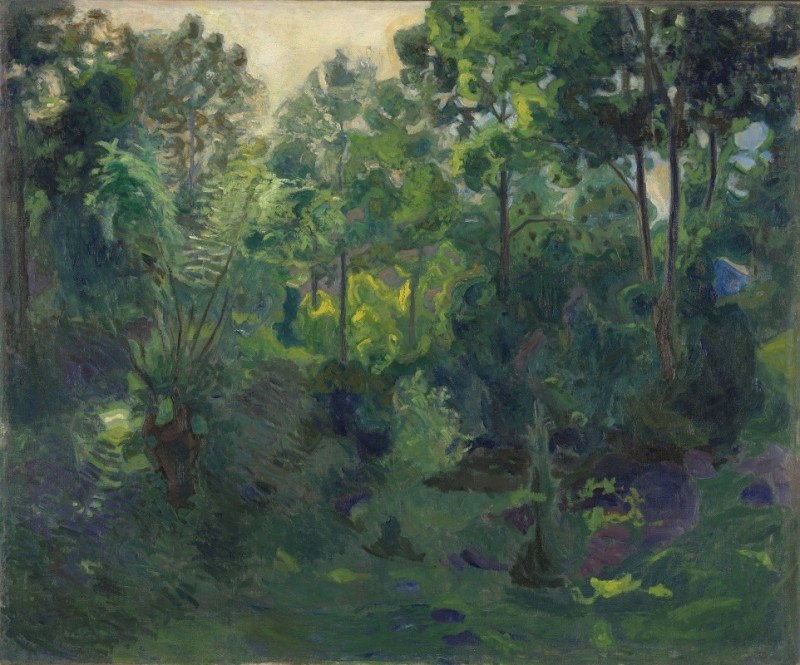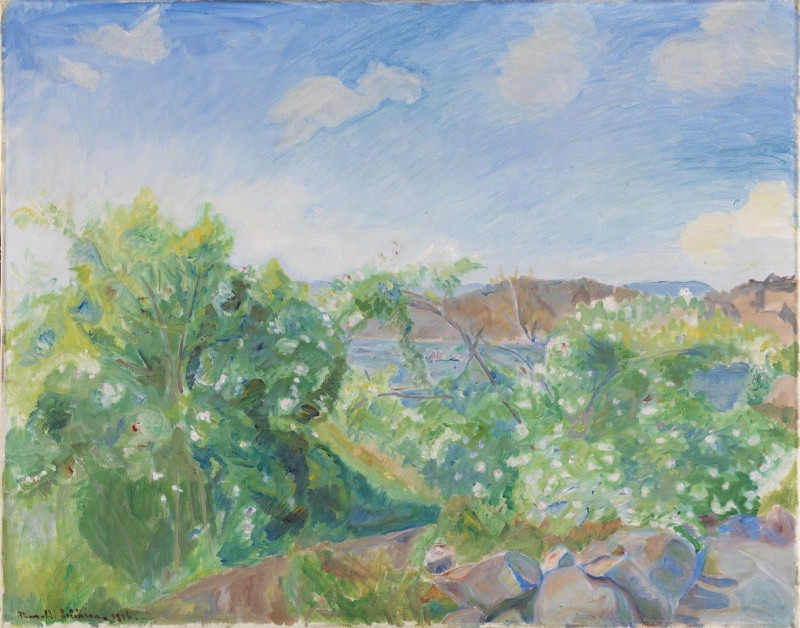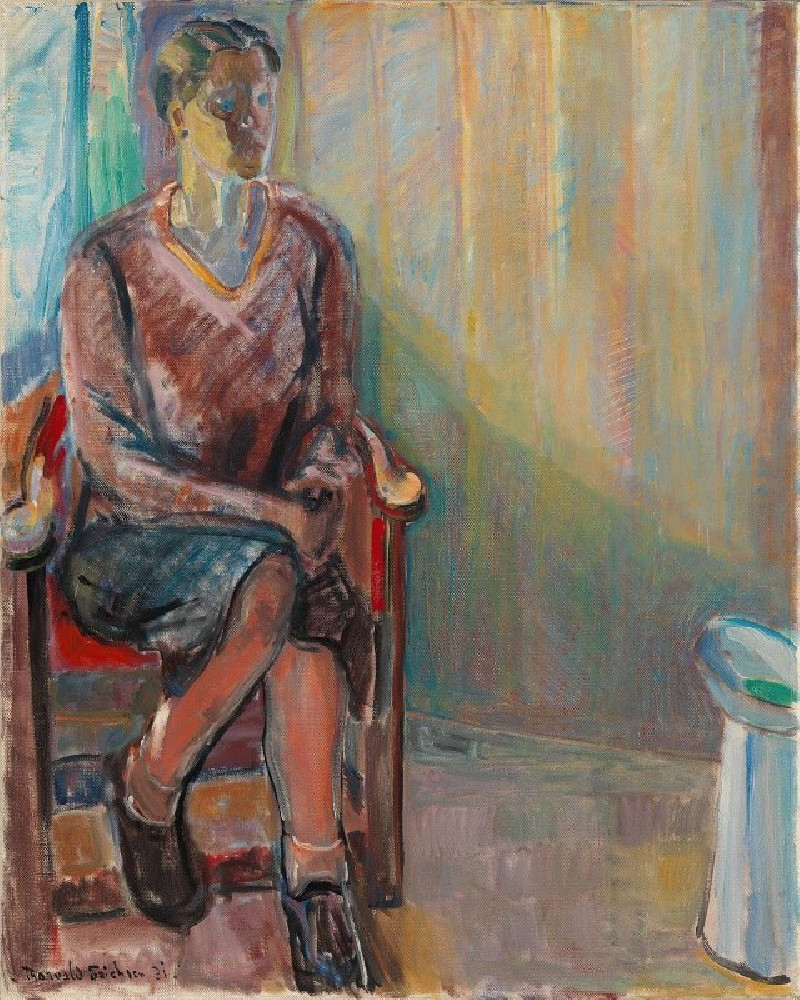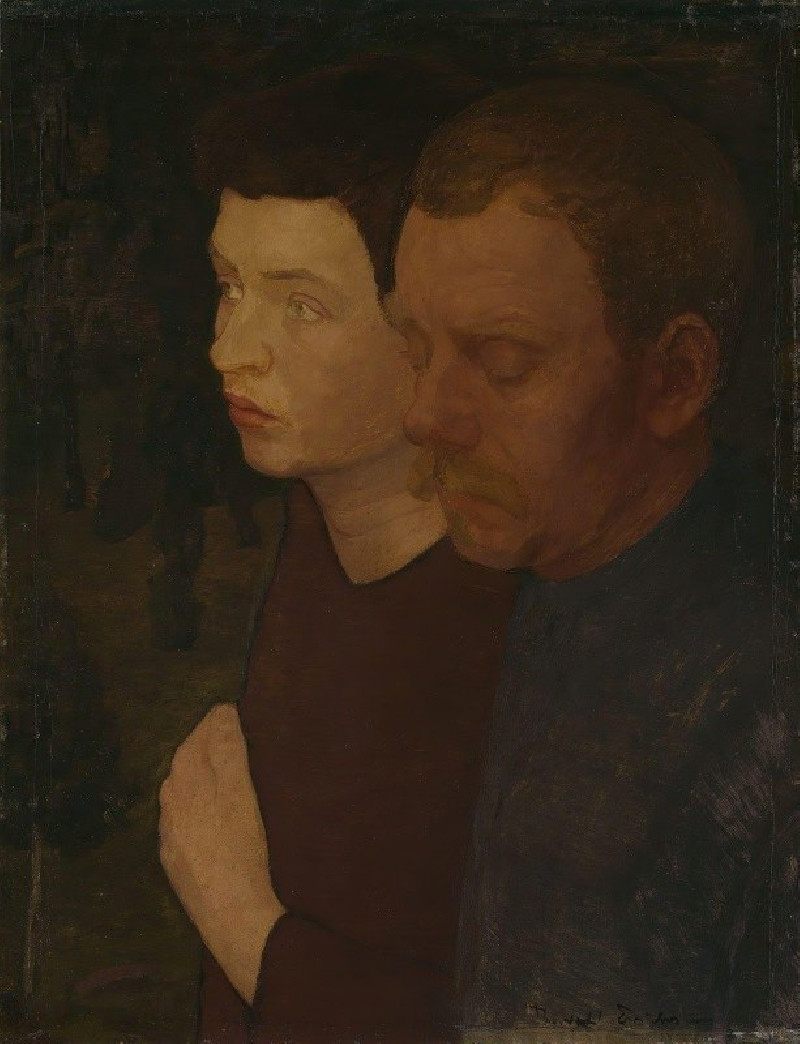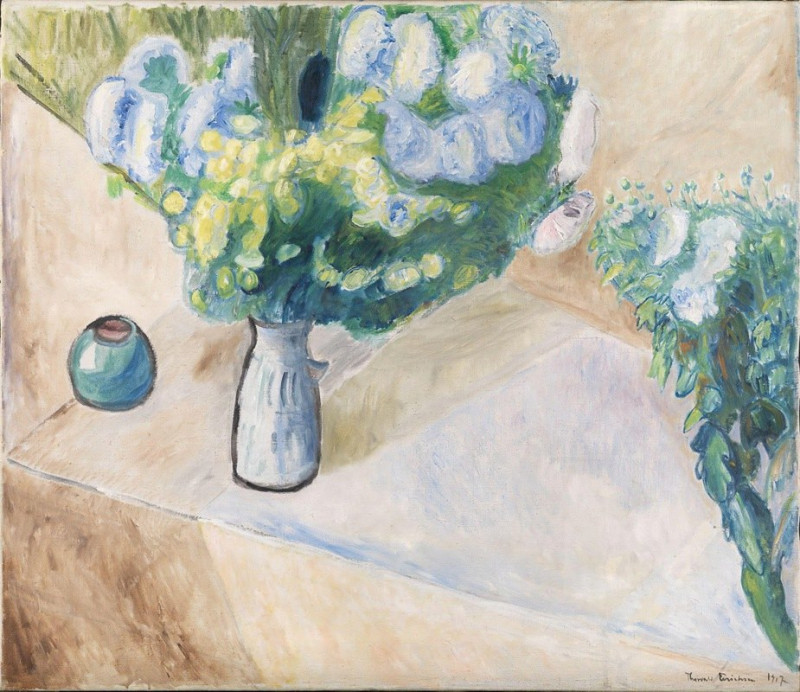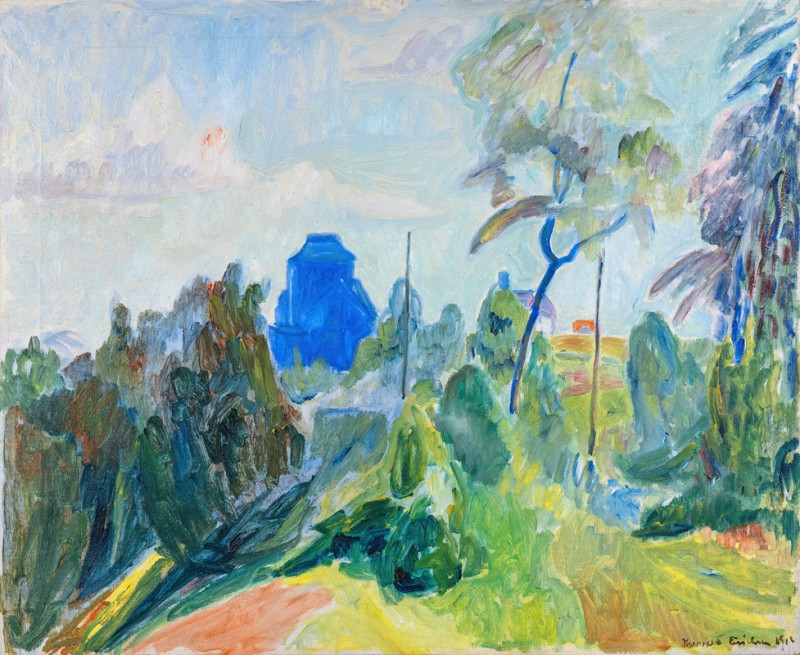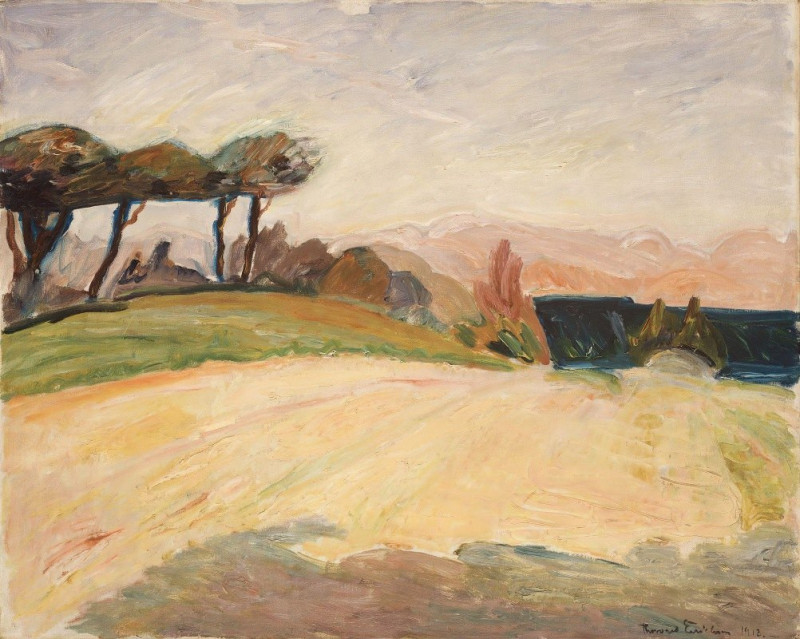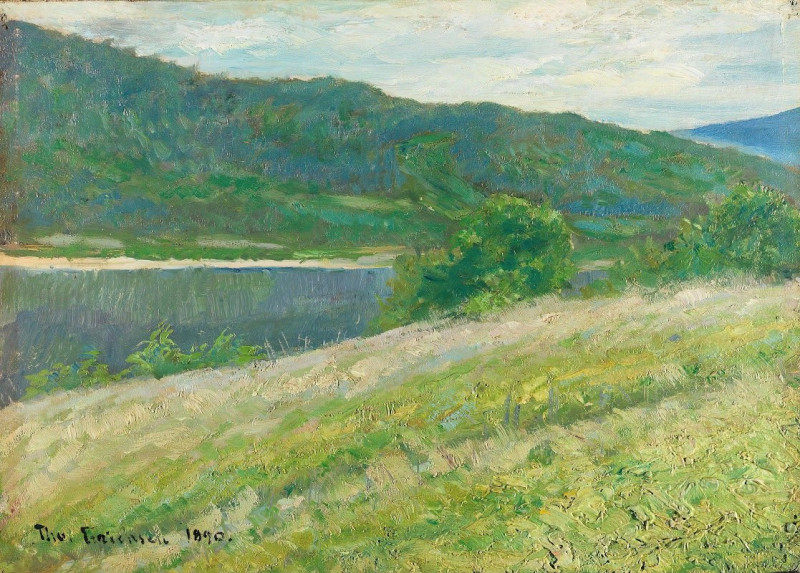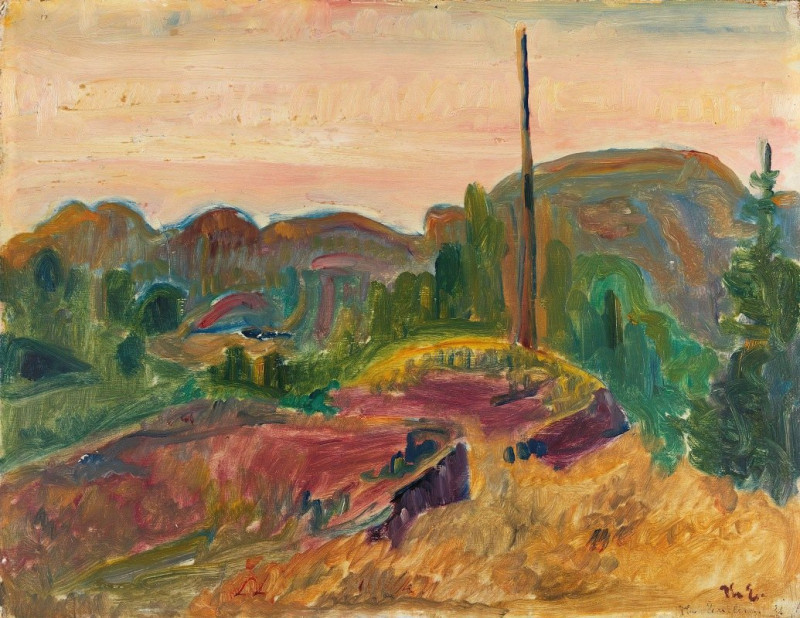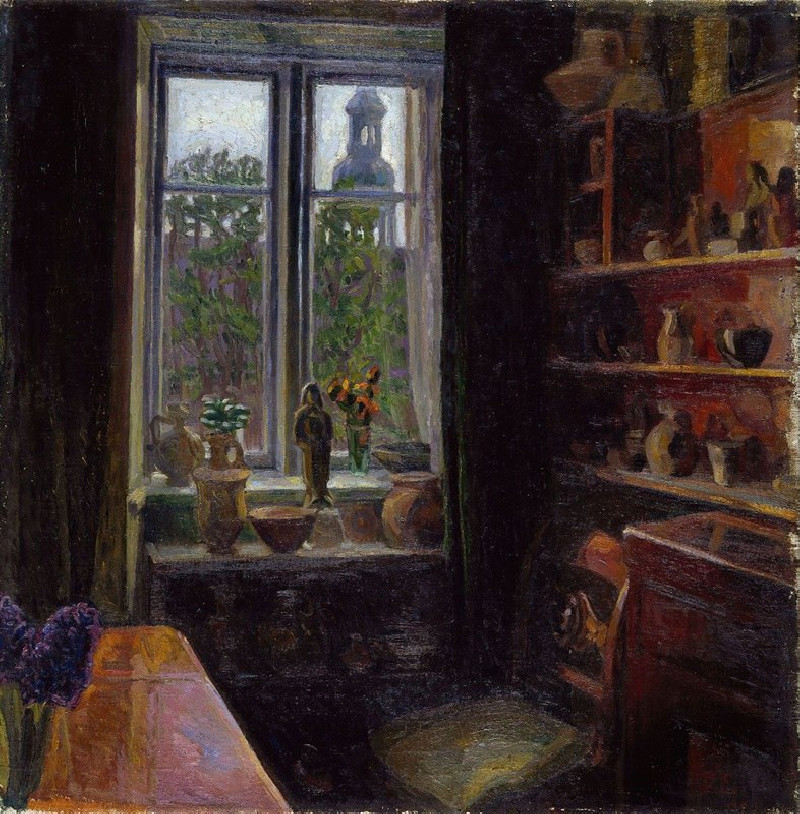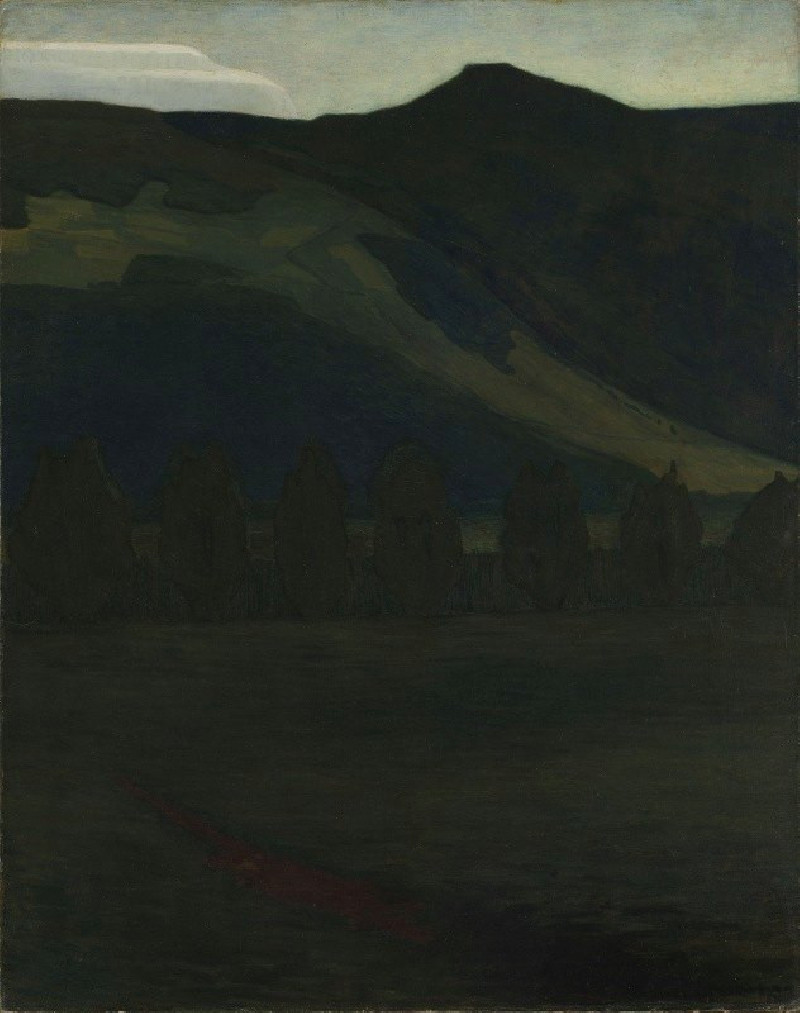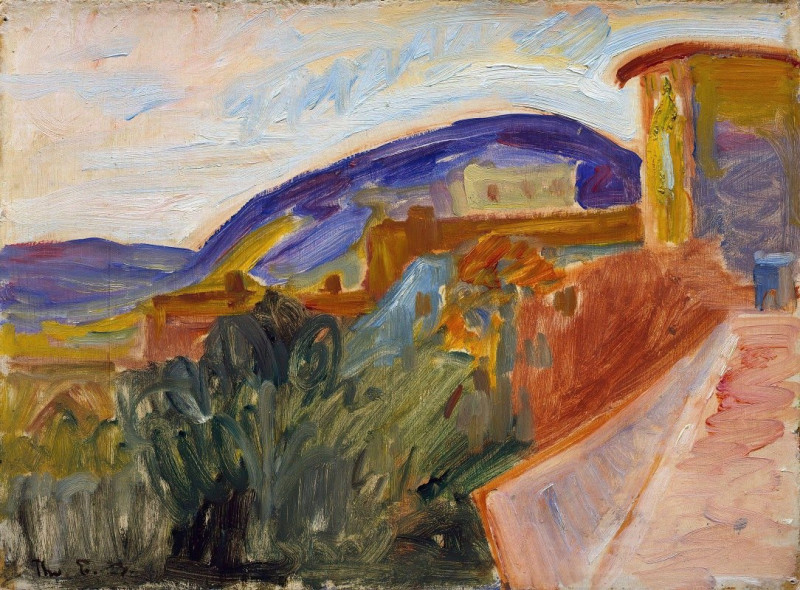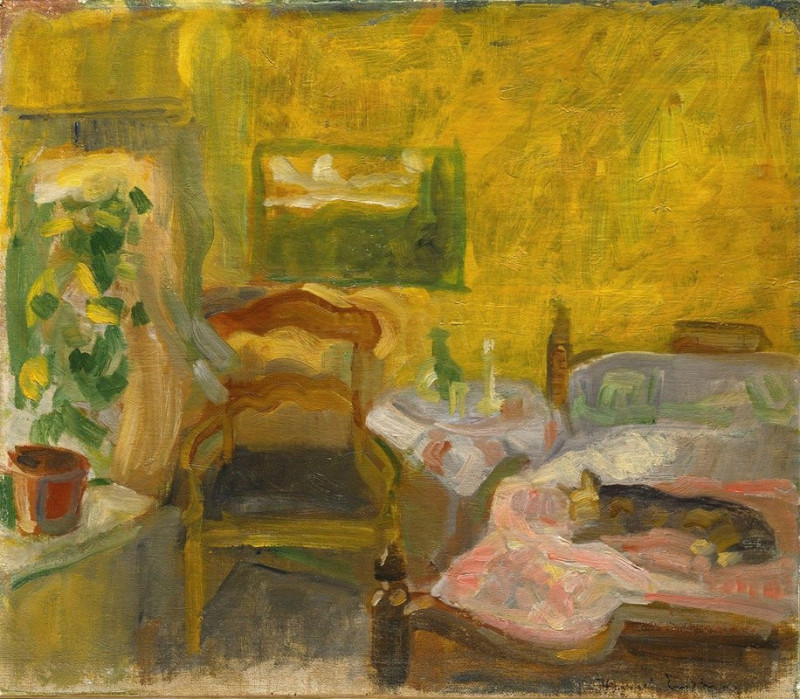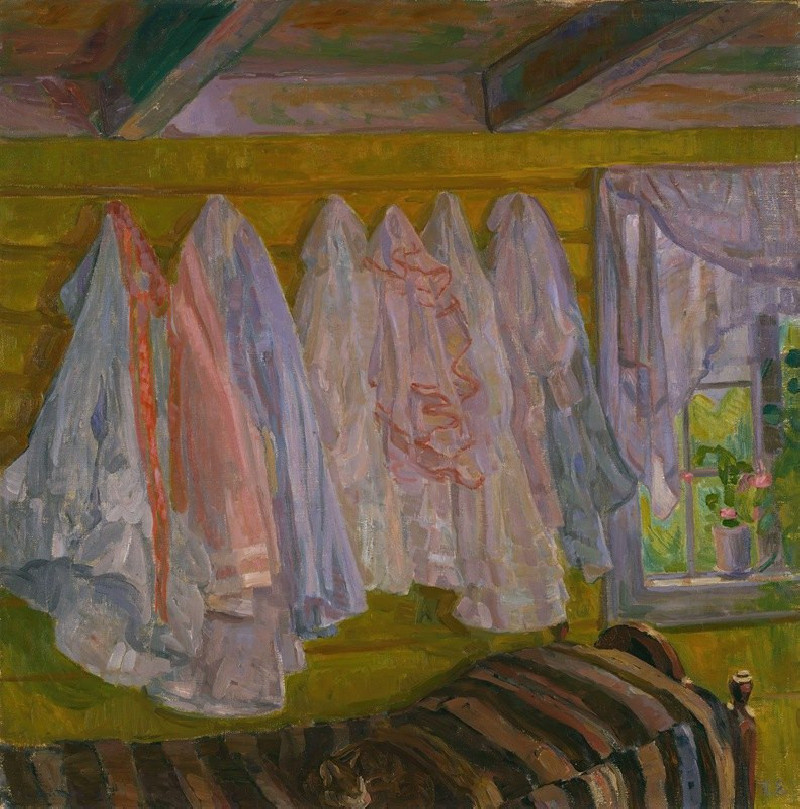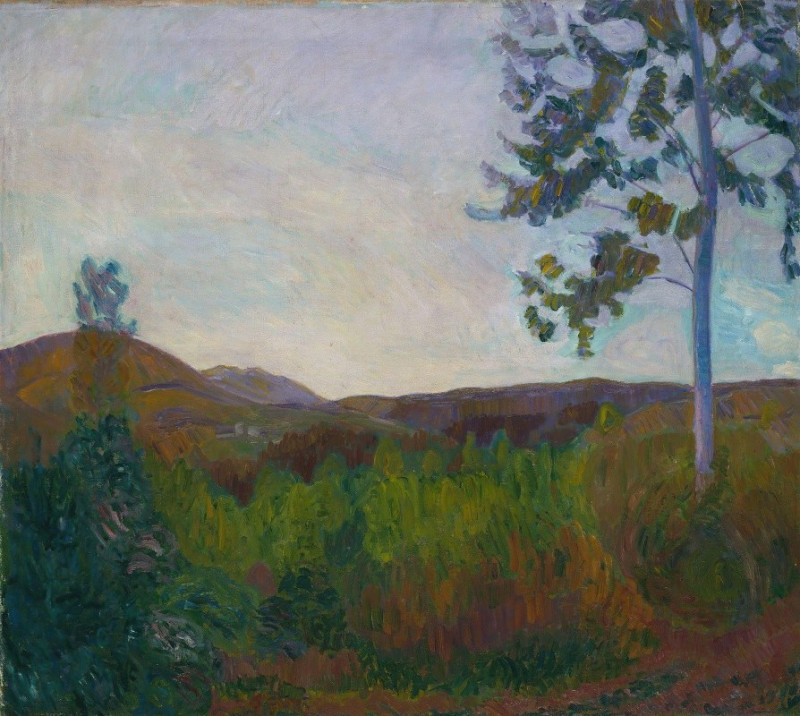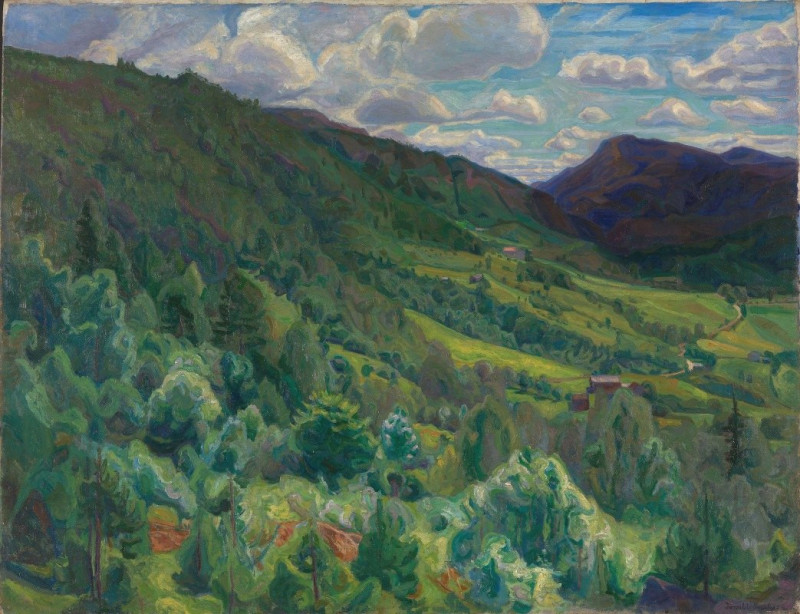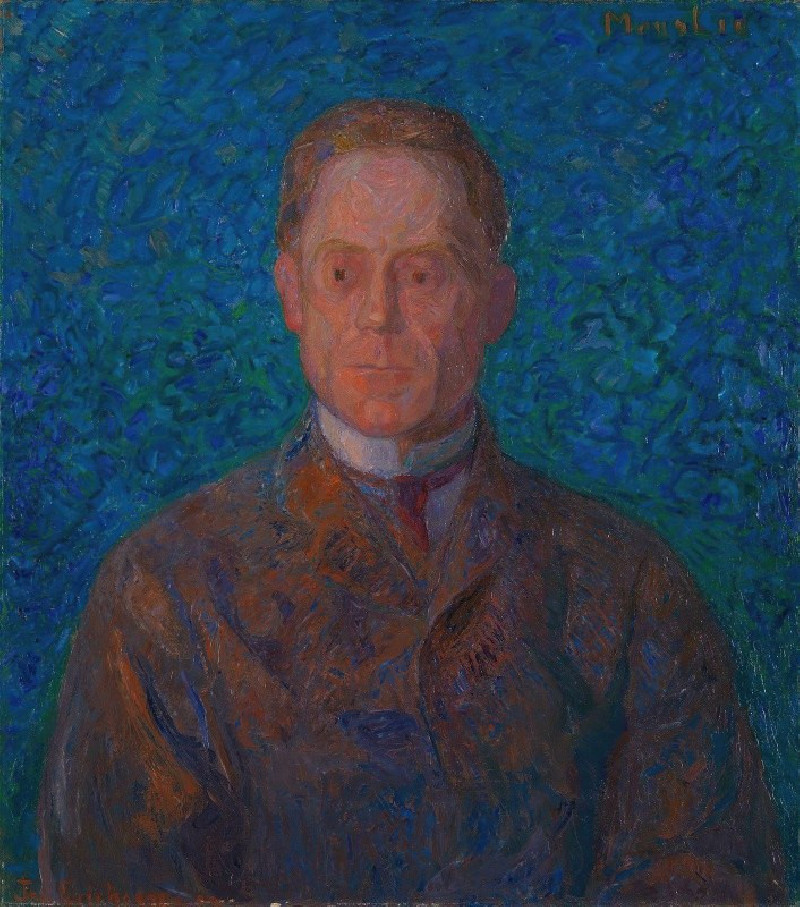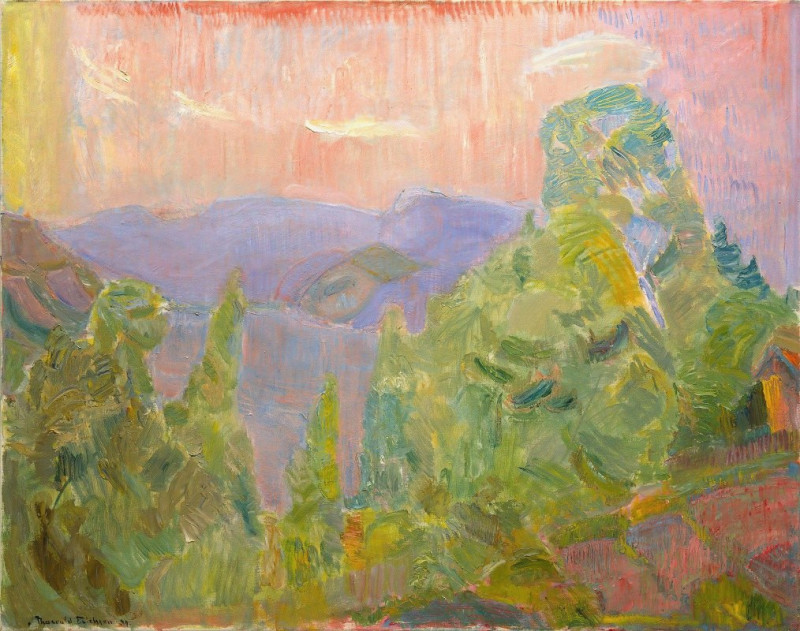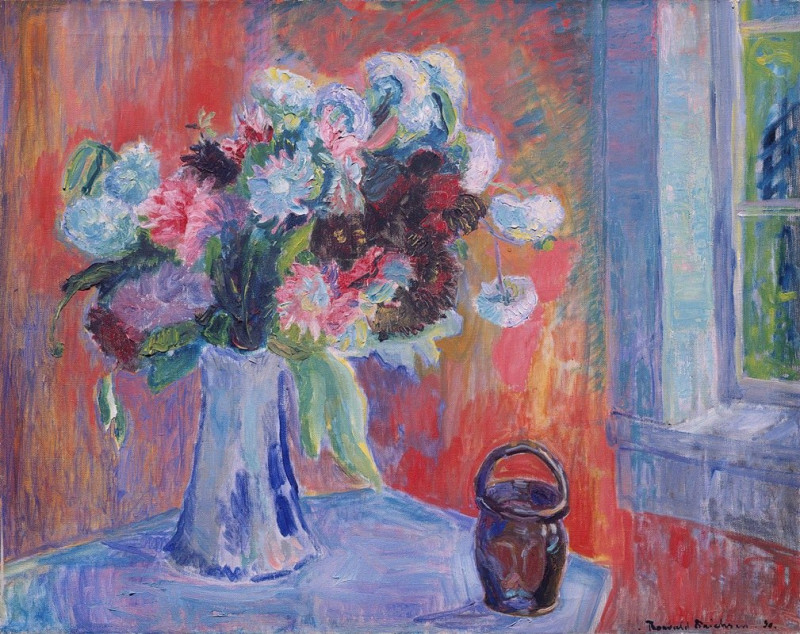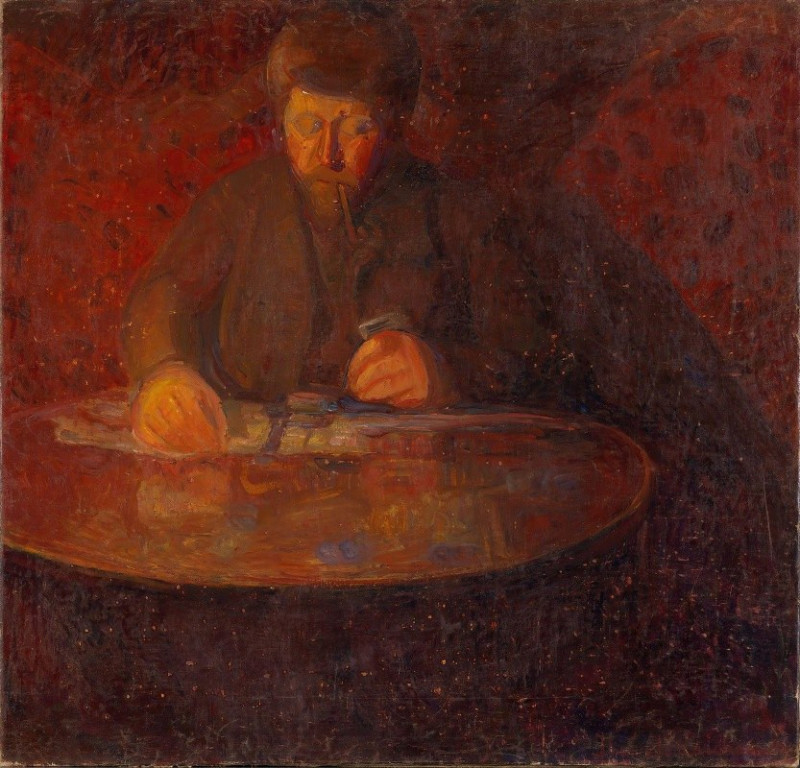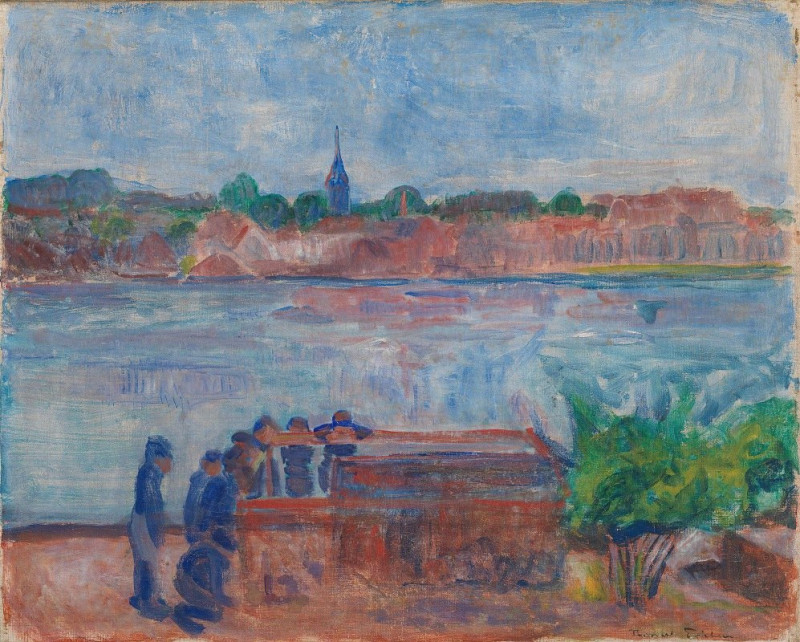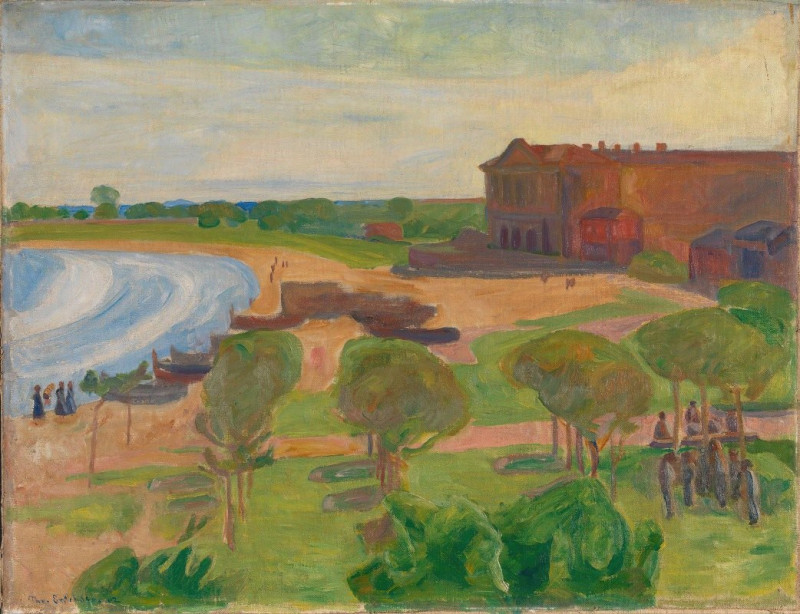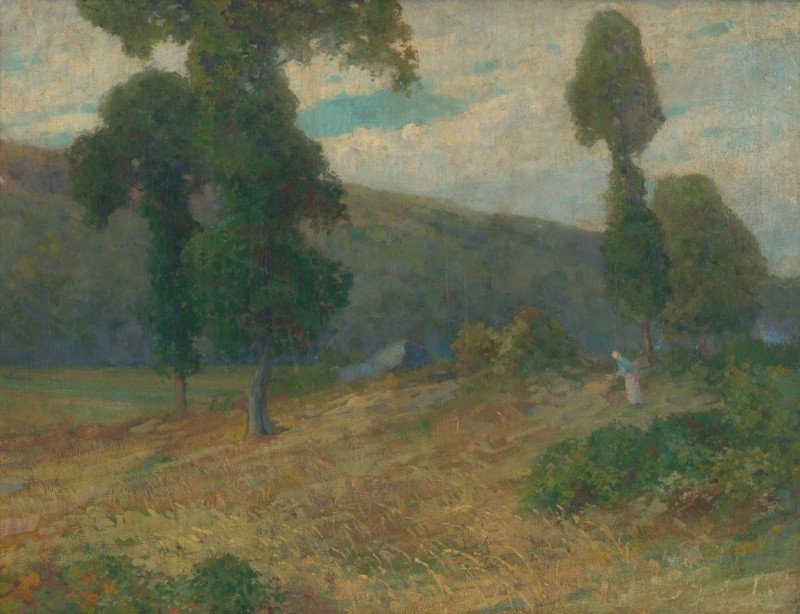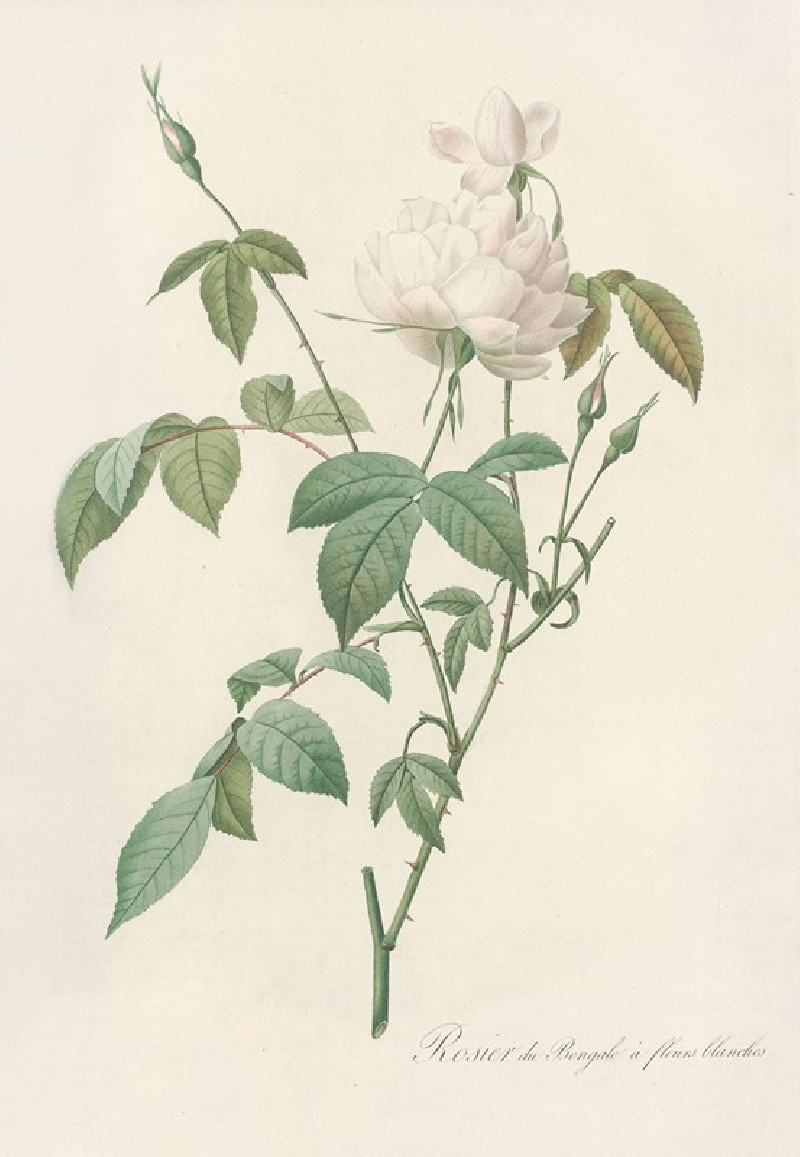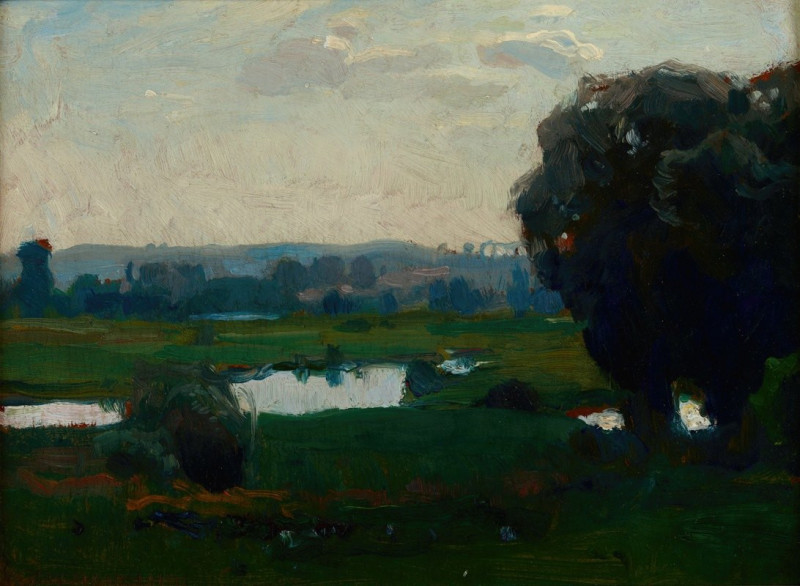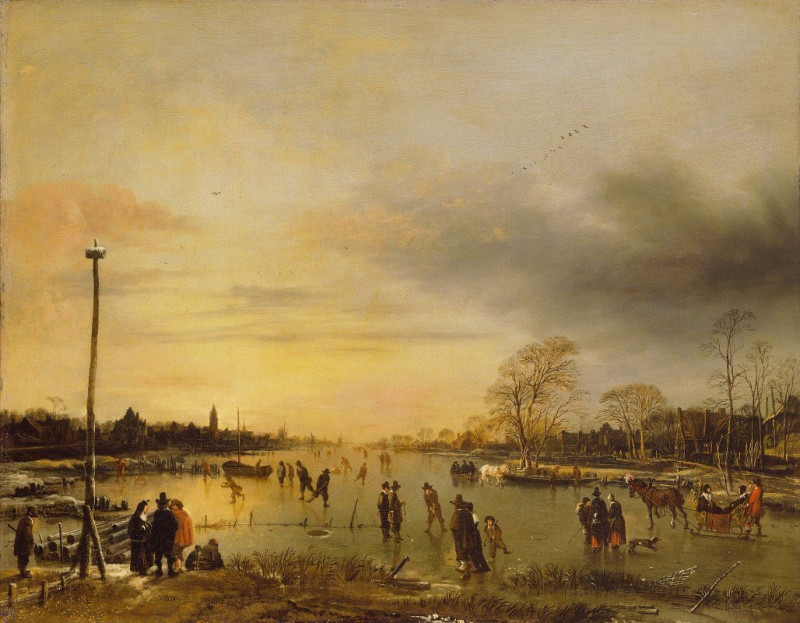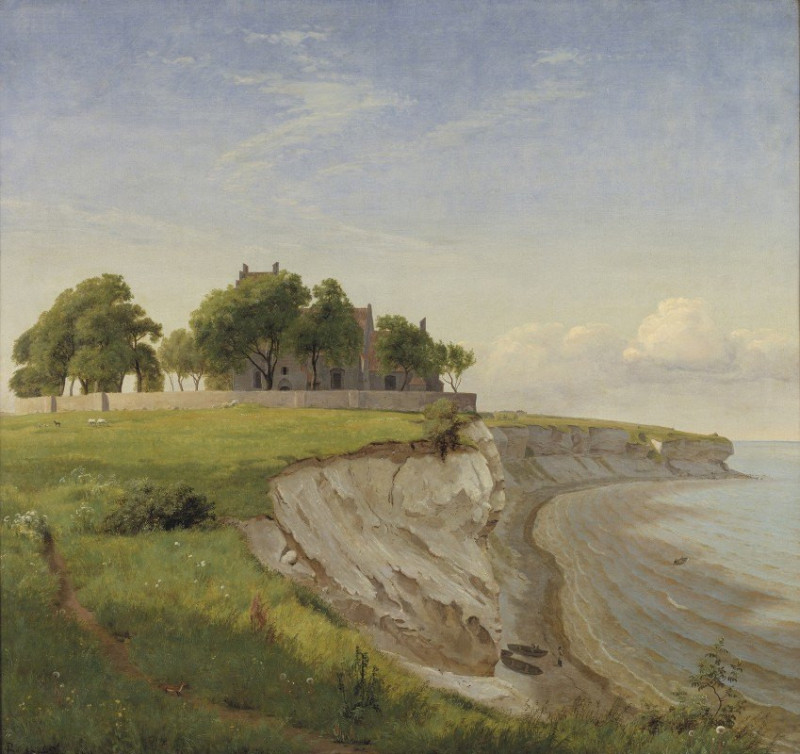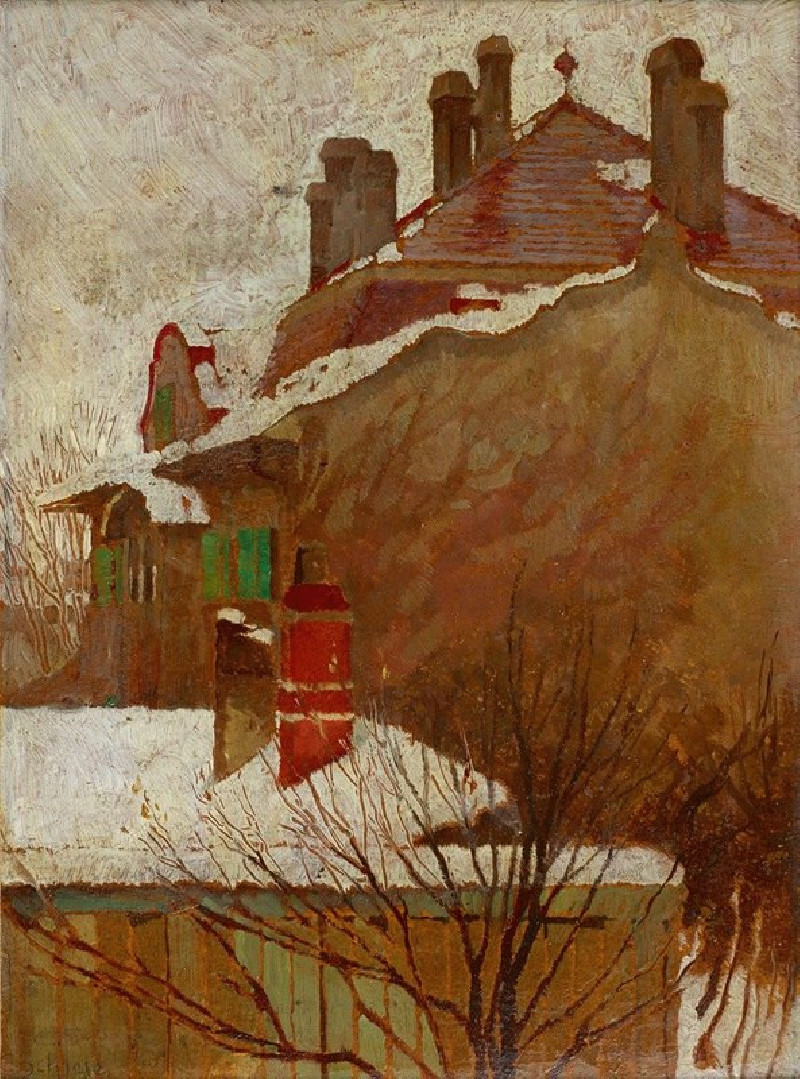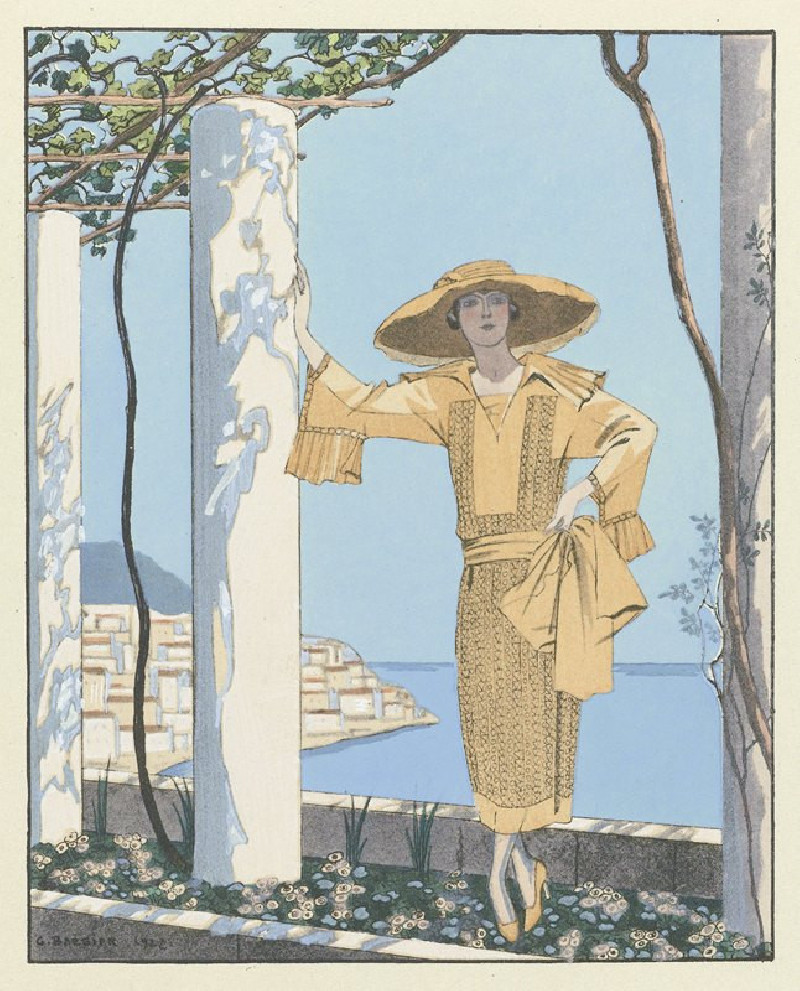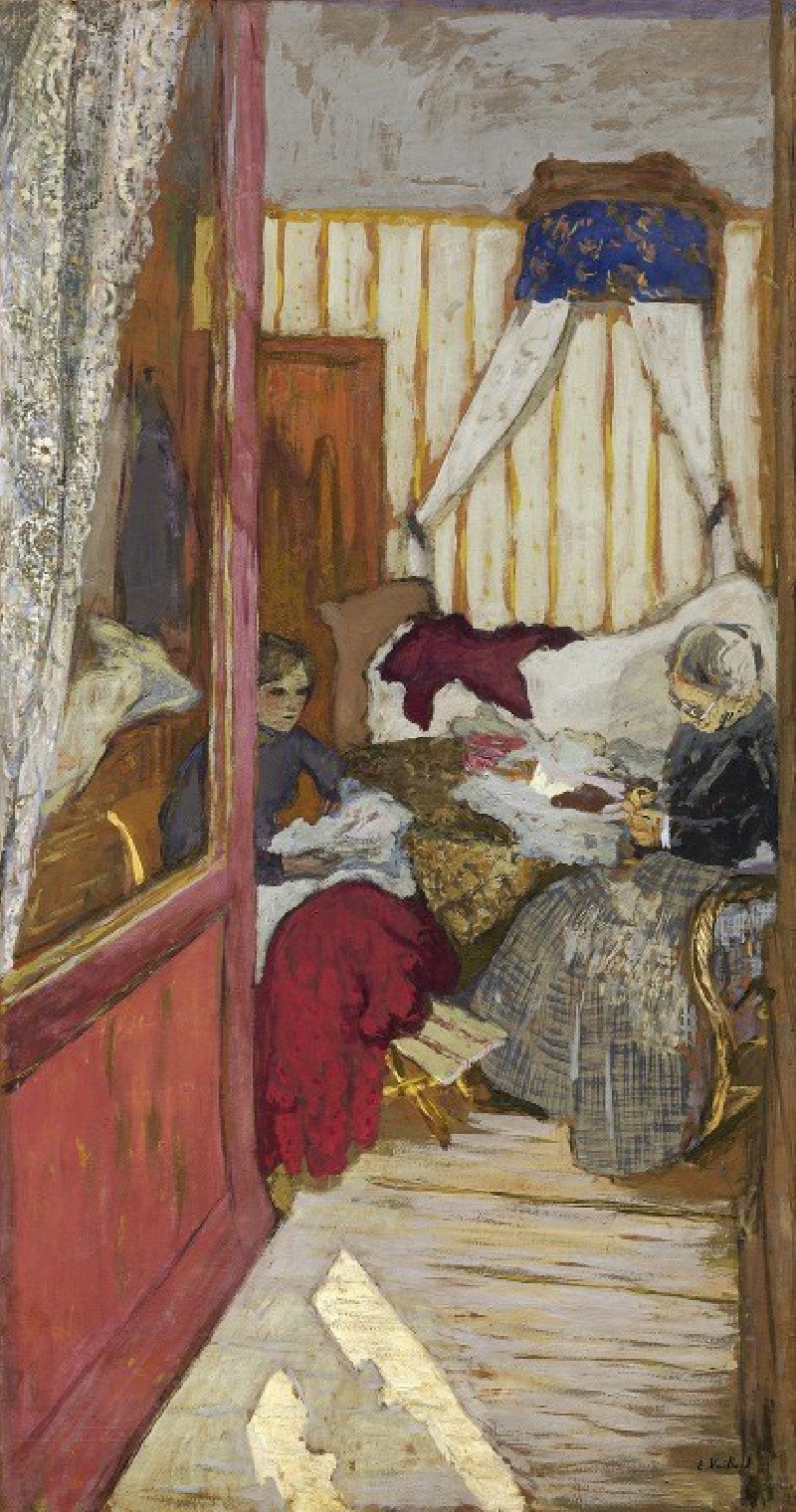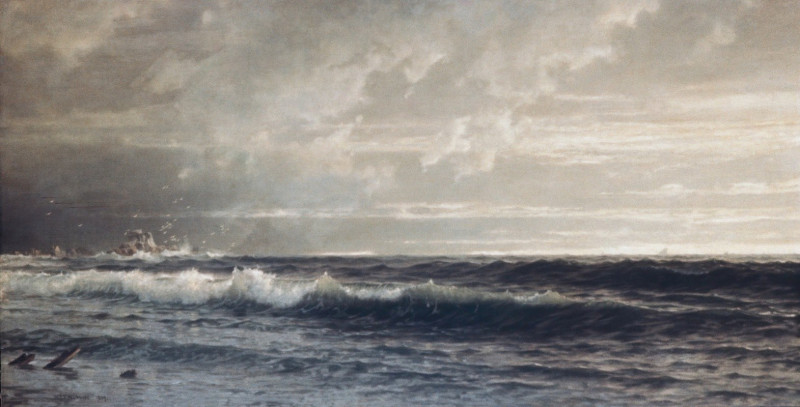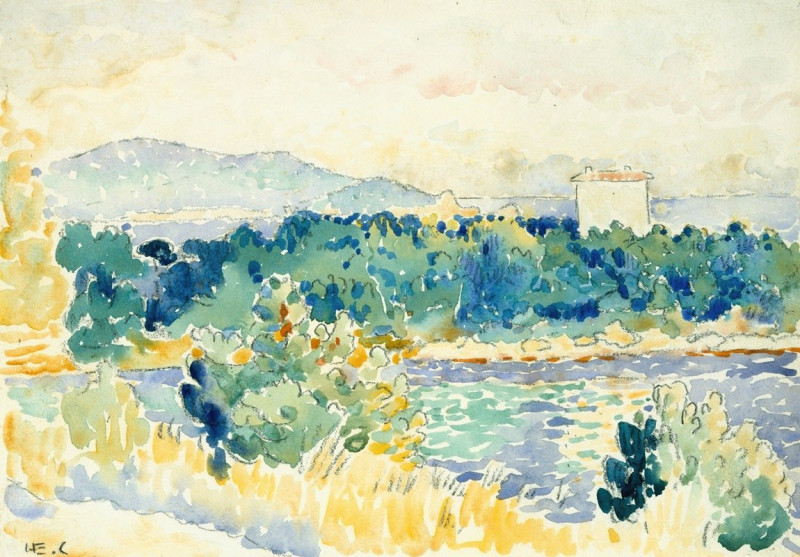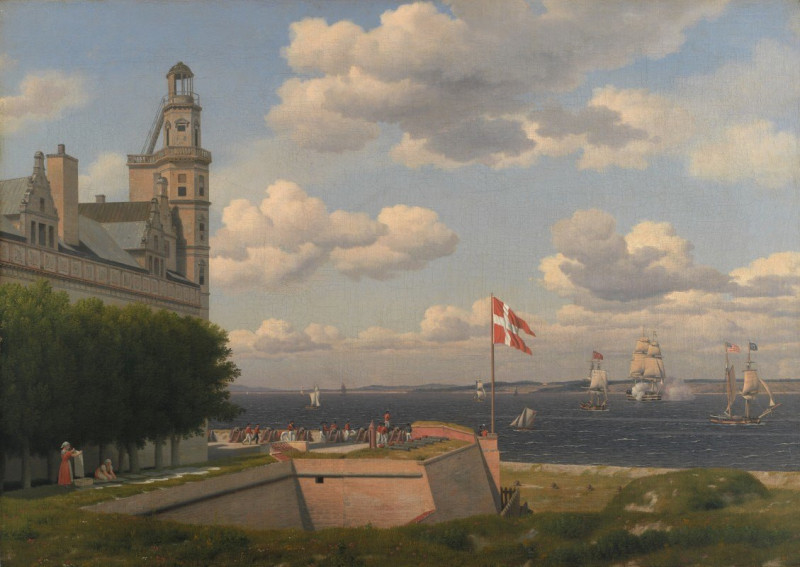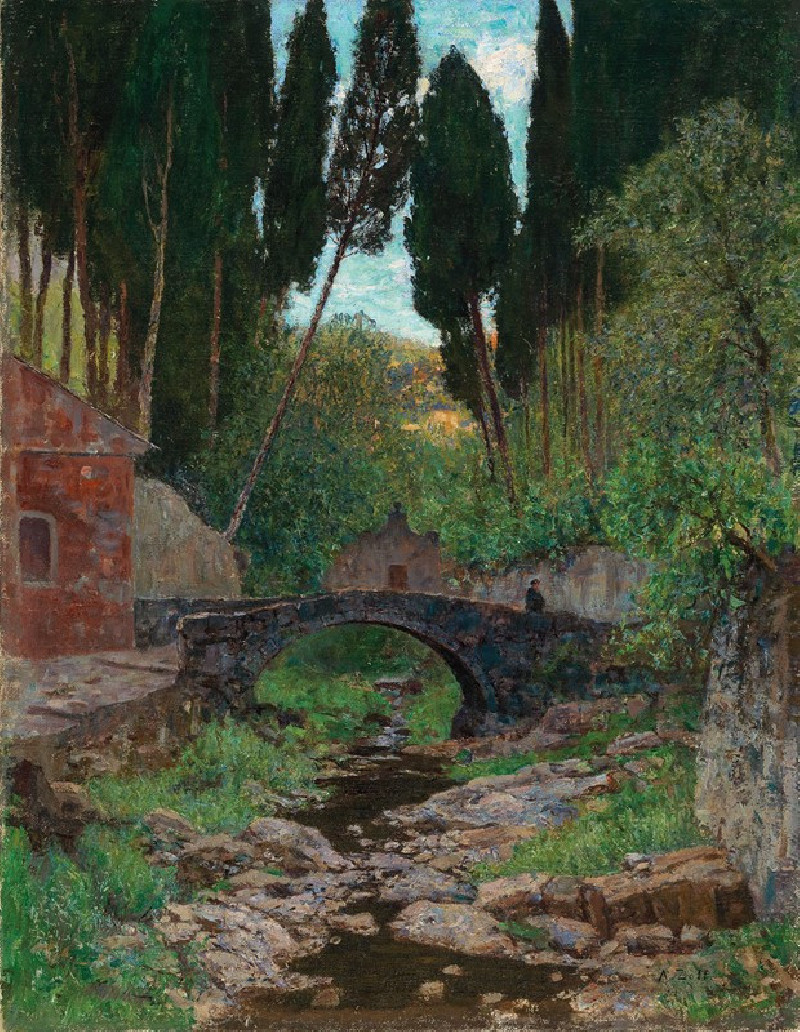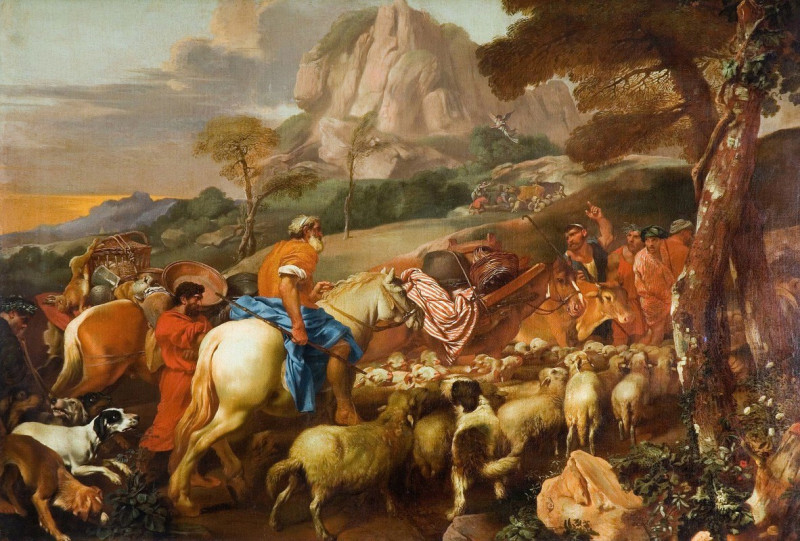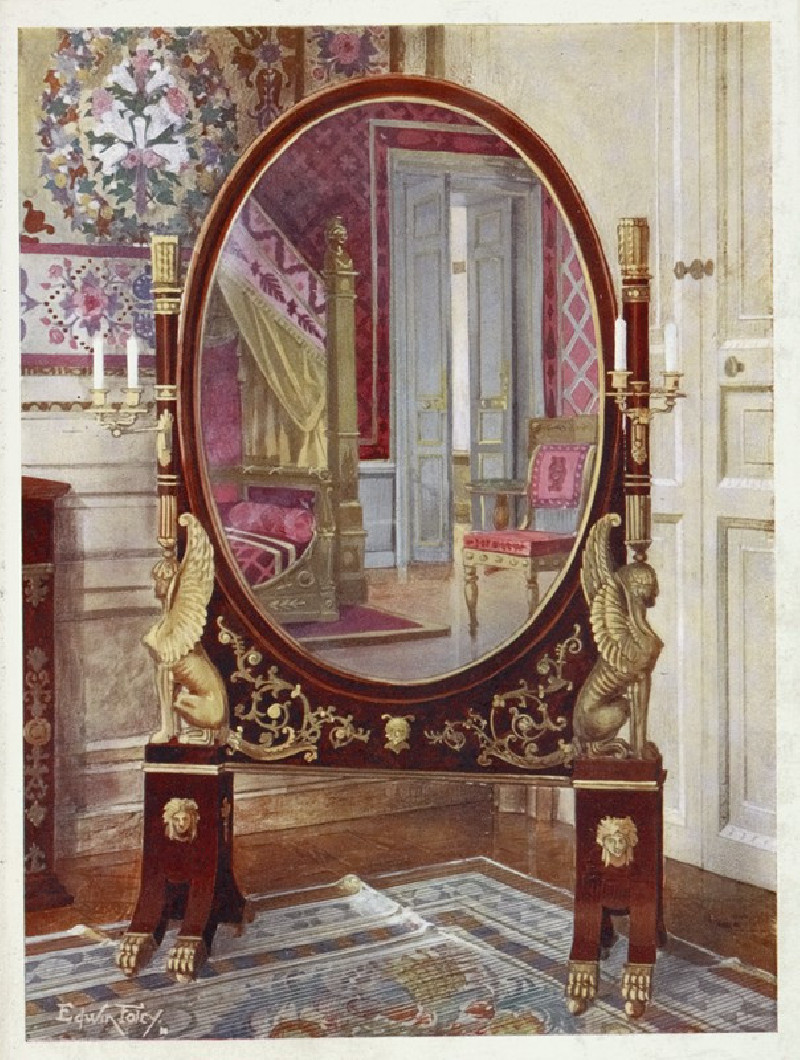The Currant Bush (1905)
More about this artwork
Delivery
Reproductions are made to order and take 5 to 7 working days.
We send them out by courier and delivery takes another two working days.
If you need a reproduction sooner, please contact us - we can usually find a solution and produce it a little faster.
If you don't want to pay for postage, you can pick up your paintings at our galleries in Kaunas or Vilnius.
Returns
Yes, reproductions can be returned.
If you have any doubts more than 30 days after the date of purchase, please contact us - we will take the reproduction back for a refund or offer you a replacement!
We accept a maximum of two returns per customer - please note that we make reproductions to order, so please choose responsibly.
We do not refund shipping expenses.
Thorvald Erichsen was a Norwegian Post-Impressionist painter; primarily known for landscapes and still lifes.
Thorvald Erichsen was born in Trondheim, Norway. He was the son of Ernst Erichsen (1820-1869) and Trine Jensine Rian (1829-1884). Erichsen's father was a confectioner and died when Erichsen was very young.
Although at first he wanted to be a pianist, in 1886 he began studying law, then dropped out and attended a painting school run by Knud Bergslien, where he completed a course in arts and crafts. He later moved to Copenhagen, where he became a student of Christian Zahrtmann, who had a greater influence on his artistic development.

